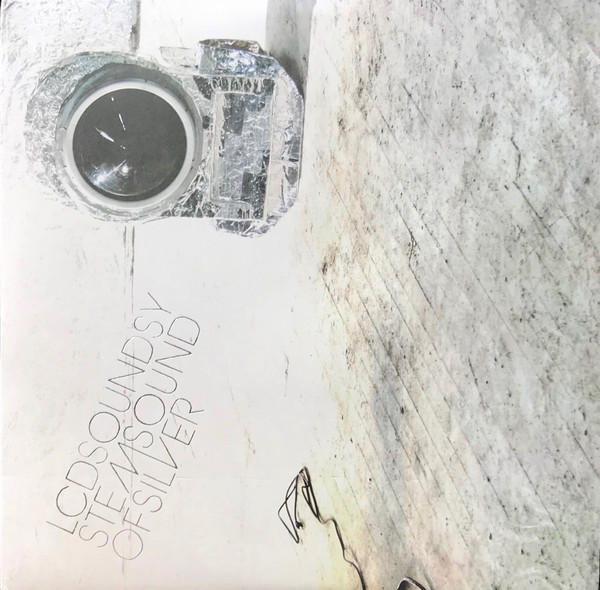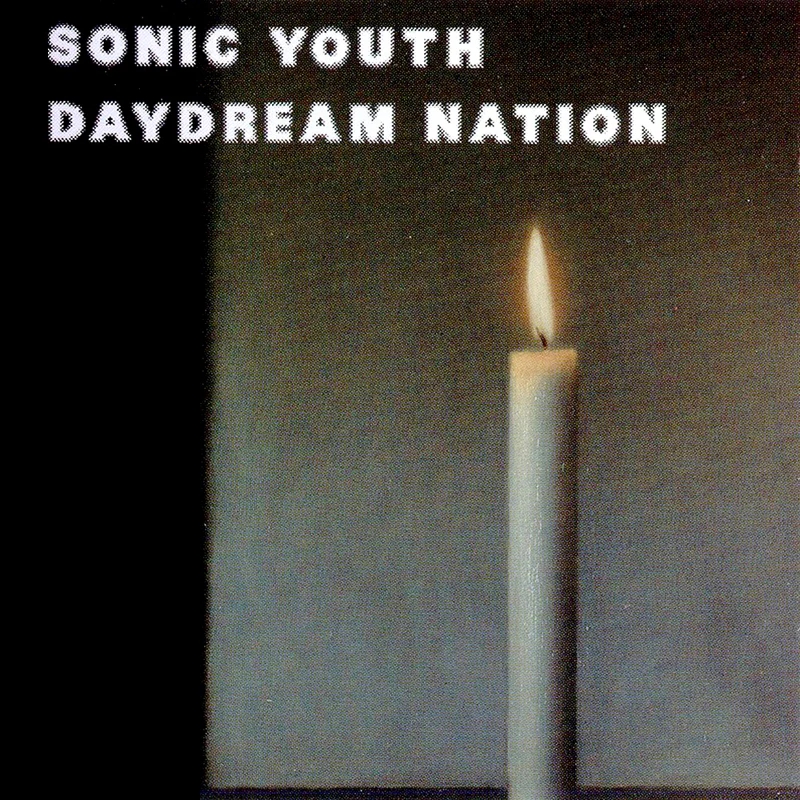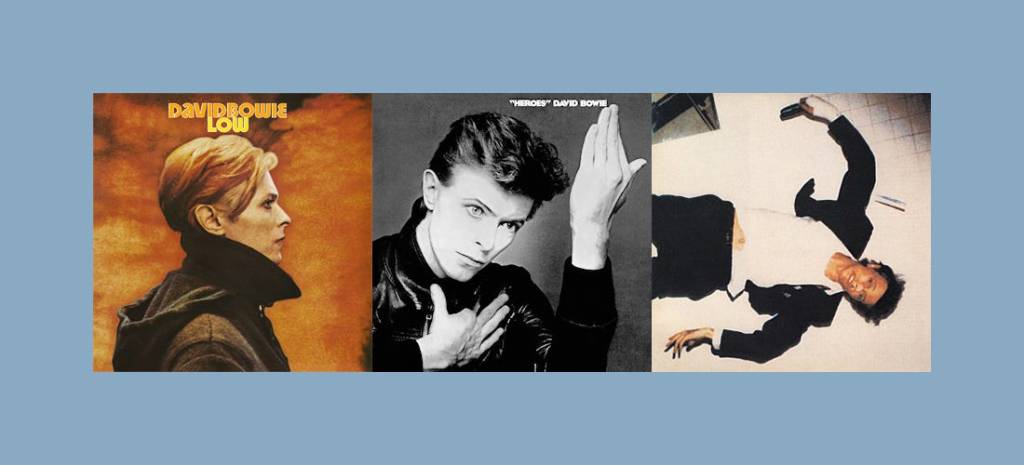COLTER WALL
Colter Wall
2017
If I can point to any moment that walked me back to country and folk music this past several years, it was the first time I heard Colter Wall’s “Thirteen Silver Dollars.” The confidence of writing this humorous, self-effacing little anecdote as your lead single for your debut album, with the remove and referential pop culture of a Stephen King short story – it reinvigorated my feeling that telling little stories was something I hungered to find again.
But, really, it’s that damn voice. When I played him for Austin for the first time and told him Wall was only 22 when this album was recorded, he called me a liar, belting, “That man is divorced!” It’s a pretty gorgeous raspy vocal tone, deep and soulful, low and smooth. It’s allowed Wall to have incredibly successful covers of classics from “Big Iron” to “Diamond Joe” to “Do Re Mi”, but I’m not sure he’s ever used its ache as beautifully as on this self-titled album.
“Codeine Dream” and “Me and Big Dave” have this fantastic melancholy to them – his voice just sounds exhausted, and he understands the way to use the guitar to harmonize that baritone just right. These are haunted songs that see death and desolation around those who still draw breath. Then there’s the righteous fury of “Kate McCannon,” a gunslinger ballad that draws the line directly to Marty Robbins, with that undeniable percussive buildup and sinister guitar lick. That’s probably the “best” song of the album, this wonderfully poetic story told with musical brilliance.
He doesn’t let the fun songs slack, either. “Thirteen Silver Dollars” ends with that jaunty tone, but “Motorcycle,” “You Look To Yours,” “Fraulein,” these are delightful without becoming the syrup of modern pop country. He’s turned toward that a little more on his last couple albums, falling in love with some studio tricks and his band. While you’d never pretend this album is a one man operation or a low-budget production, it certainly lacks the gloss that Nashville money can bring. I’ve enjoyed the journey into popularity of Colter Wall (the lead single of his next album, “Plain to See Plainsman,” is easily one of his best songs,) and hope I get to hear him play live someday soon. But it’s a lightning bolt moment to hear this guy’s voice for the first time and know this young songwriter is already fully formed.
KEY TRACKS: “Thirteen Silver Dollars,” “Me and Big Dave,” “Kate McCannon,” “You Look To Yours”
CATALOG CHOICE: Songs of the Plains, Imaginary Appalachia, “Big Iron”
NEXT STOP: Purgatory, Tyler Childers
AFTER THAT: A Sailor’s Guide to Earth, Sturgill Simpson




